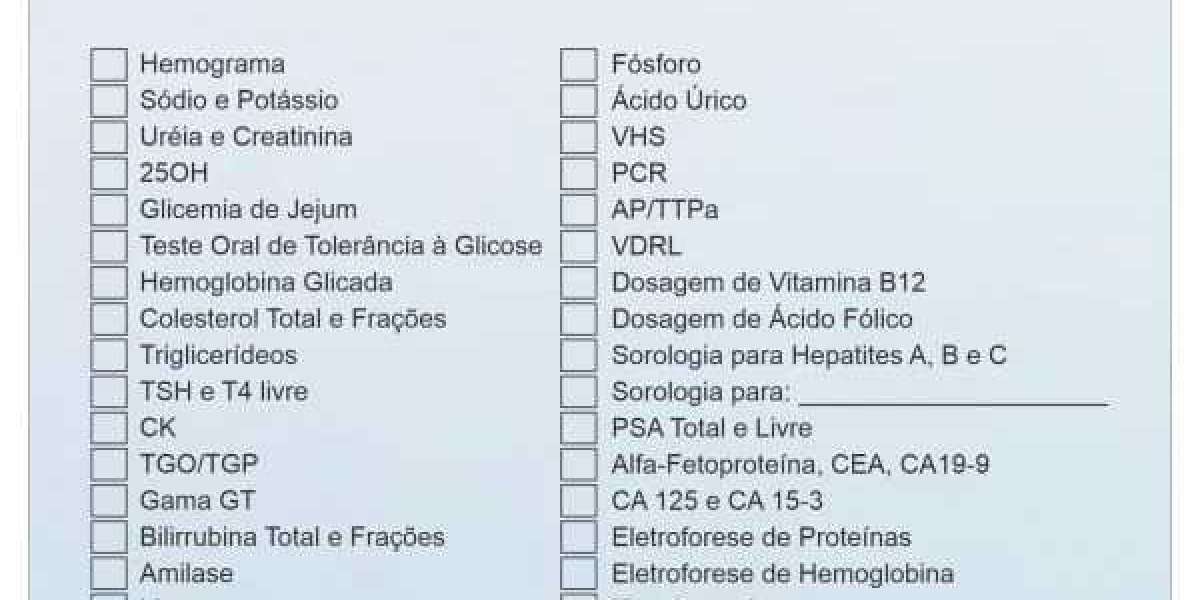 Comprender los ecocardiogramas
Comprender los ecocardiogramas El tipo que te hagan es dependiente de la información que necesite el proveedor de atención médica. El paciente estará tumbado sobre una camilla, con el pecho descubierto. Ahora, se le pondrán los electrodos en el pecho para visualizar el electrocardiograma durante el estudio. Asimismo, le van a poner un manguito para la toma de la presión arterial. El ecocardiograma que con una mayor frecuencia se realiza es el ecocardiograma transtorácico, esto es, en el momento en que se pone el transductor sobre el pecho del tolerante. AniCura cuenta del mismo modo con tomografía computarizada (TAC) en el caso de precisarse información más concreta sobre la cavidad torácica.
Profesionales médicos
La mayoría de la gente puede volver a sus actividades normales después de un ecocardiograma. Lo que puedes esperar en el transcurso de un ecocardiograma depende del tipo específico de ecocardiograma que se lleve a cabo. La exploración no producirá ninguna molestia, salvo las derivadas de la punción venosa. No se debe tomar ningún alimento hasta pasadas unas 2 horas después de la exploración. No es aconsejable conducir en las próximas 2-4 horas del estudio si se ha recibido el sedante por vena. Las personas de edad avanzada han de estar acompañadas durante las próximas 2-4 horas.
Centro de información del corazón
Para la visualización del corazón se colocará el transductor sobre el pecho del tolerante, generalmente sobre el lado izquierdo. El procedimiento se realizará según lo comentado antes (arriba). Lo mismo sucede con las arritmias cardiacas puesto que el ecocardiograma se utiliza para advertir si una arritmia tiene mayor o menor relevancia en dependencia de "si se dan en un corazón enfermo o en un corazón sano" concluye el Dr. Segura. La Gaceta Salud y Cardiología es la guía mucho más completa para el tolerante con enfermedades cardiovasculares y periféricas. Aquí vas a encontrar las novedades más importantes de la cardiología y los mejores consejos de nutrición y ejercicio para el tratamiento integral de la patología del corazón que padeces.
With increased opacity, many ailments will current with a combined pulmonary sample, so the dominant pattern should be recognized to formulate an appropriate differential record (Figure 5). More necessary, the anatomic distribution will drive the prioritization course of for differentials. For example, cranioventral usually equates with infectious illness (bacterial pneumonia), whereas caudodorsal sometimes equates with edema (cardiogenic or noncardiogenic). Each anatomic construction could have specific radiographic attributes that include normal size, shape, opacity, margination (contour), place (location), and quantity.
Radiographic Signs of Major Vessel Enlargement
It is crucial then, to have the power to differentiate expiratory artifacts from true lung pathology. Many regular canines will have a short, thin, linear fuel shadow inside the esophagus just cranial to the tracheal bifurcation, mostly identified on the left lateral radiograph. This should only be thought to be irregular if it persists unchanged on multiple movies. Heavy sedation and anesthesia incessantly trigger esophageal dilation so megaesophagus can solely be recognized in acutely aware animals. Moderate to severe dilation of the cranial thoracic esophagus will trigger a mass effect and displace the trachea in a ventral and rightward place. The apposed esophageal and tracheal walls are seen as a soft tissue stripe if the esophagus is gasoline crammed and may be confused with a pneumomediastinum. The partitions of the caudal esophagus are outlined by luminal gasoline as two skinny delicate tissue stripes converging on the esophageal hiatus of the diaphragm.
Radiographic evaluation of pulmonary patterns and disease (Proceedings)
The Customer will then check the box "I settle for the Subscription Terms & Conditions and Conditions of entry & use". The mediastinum is elastic, and might shift with uneven lung inflation, shifting in direction of the underinflated facet (or away from the overexpanded side). Artifactual shift can happen with an oblique VD or DV radiograph, but could be recognized as artifactual by noting that the guts has shifted to the same facet as the rotated sternum. The pulmonary parenchyma might be the hardest and most frustrating area of veterinary radiology to interpret—or explain.
Radiographic evidence of failure consists of pulmonary venous congestion that is finest appreciated in the hilar zone on the lateral movie. Pulmonary edema seems as unstructured interstitial, alveolar or combined patterns with a patchy random or perivascular distribution. Pleural effusion could be seen by itself or together with pulmonary edema when cats present in congestive heart failure. When evaluating radiographs for suspected acquired cardiac disease the same normal interpretation paradigm. The signalment of the patient is doubtlessly useful for formulating a reasonable differential prognosis listing. Valvular incompetence as a outcome of endocardiosis is mostly a clinically significant lesion in older toy and small breed dogs. Both atrioventricular valves are affected however the mitral valve lesion is the one that typically produces medical indicators.
Animal Restraint During Diagnostic Imaging
Common causes of primary pulmonary artery dilation embrace pulmonary hypertension, as from heartworm an infection, and turbulence, as from pulmonic stenosis or patent ductus arteriosus. Widening of the precardiac mediastinum, laboratório veterinário ribeirão preto as seen within the VD or DV views, can indicate dilation of the aortic arch. A focal bulge in the descending aorta in VD or DV views may be seen in patients with aortic stenosis and patent ductus arteriosus (Fig. 32-11). In the lateral views, an enlarged aortic arch can create elevated mass at the cranial side of the cardiac silhouette (see Fig. 32-11). The caudal vena cava is extremely variable in size relying on the phase of respiration and cardiac cycle. It could be judged to be enlarged solely if it is constantly larger in diameter than the size of the fifth or sixth thoracic vertebral our bodies of the backbone as measured in the lateral view.








